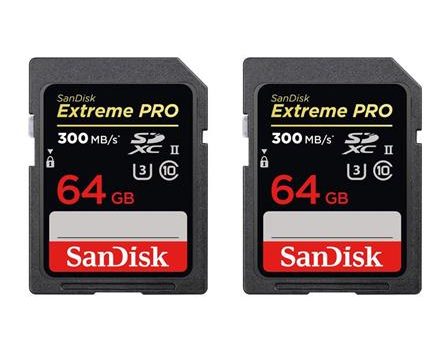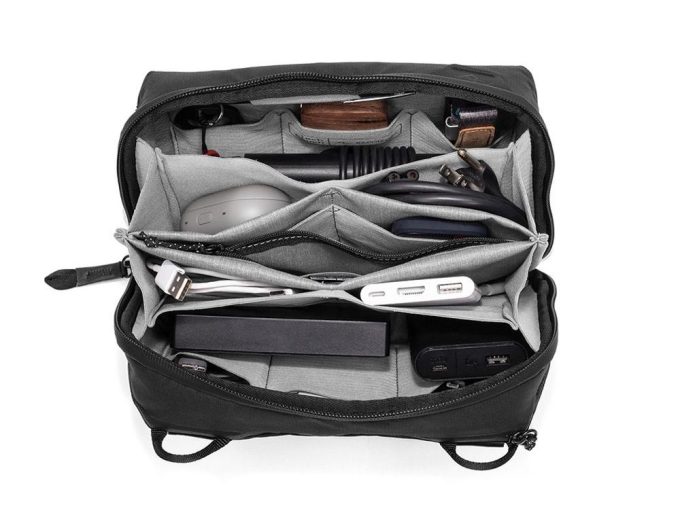More than 3.6 billion people use social media, and its runaway success has left the industry at a crossroads. There are now heated debates in Washington and Brussels over the future of antitrust regulation for this market, whether platform operators should filter certain content (and if so, which types), and how to open the market to new innovators.
To find my way through this thicket of interesting questions, I spoke with Sinan Aral, a professor of management at the MIT Sloan School of Management who also co-leads MIT’s Initiative on the Digital Economy. He has spent years analyzing the social media market, directly participating in its development as chief scientist of SocialAmp and Humin and as a founding partner of Manifest Capital.
This fall, he published his latest book, “The Hype Machine,” which explores what’s next for social media giants. In our discussion, we talked about the landscape of the market today, what responsibilities companies and users have to each other and what come next as the industry evolves.
This interview has been edited and condensed for clarity.
TechCrunch: Why don’t we start with how the book came together and how you got interested in this topic of digital media and how it affects our decision-making?
Sinan Aral: I started researching social media four years before Mark Zuckerberg founded Facebook. I have worked with all of the major social media platforms for the last 20 years: Facebook, Twitter, Snapchat, WeChat, Yahoo and the rest. I’ve published a number of very large-scale studies, and I’m also an entrepreneur. So, I’ve got a vantage point as a practitioner, but also as a long-time academic leader in this area.
We really have a full-blown social media crisis on our hands, as is obvious if you turn on the TV on any given day.
The reason why I wrote “The Hype Machine” is because essentially, we’ve seen this coming to a head for many years now. We really have a full-blown social media crisis on our hands, as is obvious if you turn on the TV on any given day.
My book takes off from where “The Social Dilemma” documentary and Shoshana Zuboff’s “The Age of Surveillance Capitalism” leave off, which is to ask, what can we concretely do to solve the social media crisis that we find ourselves in? The book argues that in order to do that, we have to stop armchair theorizing about how social media works, and we have to stop debating whether or not social media is good or evil. The answer is yes.
The book goes through the fundamentals of how social media works. So, there’s a chapter on neuroscience and social media, and economics and social media, and that eventually informs the solutions in the book, which cover everything from antitrust and competition to federal privacy legislation. How do we secure our elections and our democracy? What do we do about Section 230 of the Communications Decency Act? How do we balance free speech and hate speech? How do we deal with misinformation and fake news?
I think for a lot of us in tech, we’re a bit stuck. On one hand, these technologies have produced jarring amounts of wealth in the tech industry, but they have also caused a large number of harms. What do we do next?
Let me start by saying that the general framework of the solution is about what I call the four levers: money, code, norms and laws.
Money is the business models, which create the incentives for how the advertisers on the platforms and the users behave. Code is how we design the platforms and the algorithms underlying the platforms, which I go into in great detail. Norms are how we adopt, appropriate and use the technology. And obviously, laws are regulation.
In terms of solutions, I think the entry ticket for solving the social media crisis is creating competition in the social media economy. Platforms that lack competition don’t have any incentive to change away from the attention economy and their engagement-driven business models, nor do they have any real incentive to clean up their negative externalities in our information ecosystem, whether it’s hate speech or misinformation or manipulation.
Now, when I say competition, the first thing on everyone’s mind is always, “Oh, you mean break up Facebook.” But the point I make in the book — and I take a very clear stance on this — is that breaking up Facebook in this economy doesn’t solve the problem. This economy runs on network effects. The value of these platforms is a function of the number of users on the platform. Economies that run on network effects tend toward concentration and monopoly.
So, if you break up Facebook, it’s just going to tip the next Facebook-like company into market dominance. What we really need is structural reform of the social media economy, and that involves social network portability, data portability and interoperability legislation.
Let me push back on this a bit though. Terms like “data portability” always sound nice as a solution, but have we ever effectively used this tool to open a market?
This isn’t the first time that we’ve done this. During the AOL-Time Warner merger, we forced AOL’s AIM product to become interoperable with Yahoo Messenger and MSN Messenger. And it went from a 65% market share to a 59% market share one year later, down to like 50%, then it ceded the entire market to new entrants three years later.
Another good analogy is number portability in the cell phone market. It used to be that you couldn’t take your cell phone number with you when you switched from one cell phone provider to another, and then we legislated that they had to let you take your number with you. That was akin to a social network at the time, because all of your friends knew to call you at that number.
Research has shown that number portability created about $880 million of consumer surplus every quarter for years and years after it was instituted in Europe, and it created a lot of competition. We should have something very similar in social networks, around social network portability and data portability, so that we could create competition.
Now, if you break up Facebook after these kinds of structural reforms to the market, that’s a different question, but breaking up Facebook without structural reforms to the market economy is like putting a Band-Aid on a tumor. It’s not going to solve the underlying lack of competition that the social media economy has.
“The Hype Machine” details how we might do that and suggests that there could be a stack of commodity messaging formats that would be required to be interoperable. Then, you could have unique messaging formats for every platform on top of that. But things like texts, short-form videos, stories that either persist or disappear, that kind of stuff should have a level of interoperability that’s legislated. The entry ticket to solving the social media crisis is creating competition.












